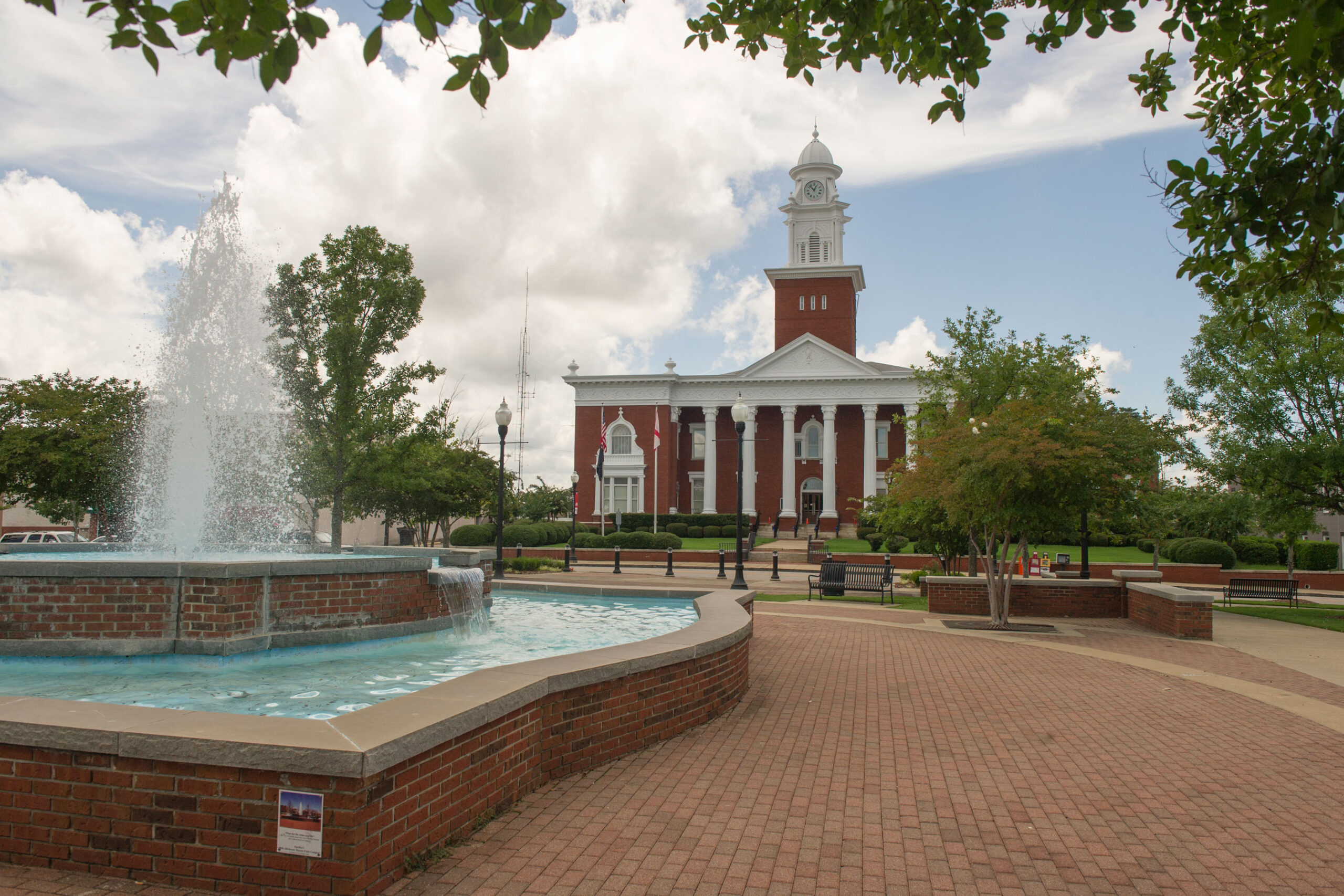By Morgan Bryce
Staff Reporter
The history of the Lee County Courthouse and Alabama’s 66 other county courthouses is chronicled in a recently released book called “Historic Alabama Courthouses: A century of their images and stories,” written by Lee County native Delos Hughes.
Hughes, an emeritus professor of politics at Washington and Lee University in Lexington, Va., has been involved with numerous studies on various courthouses in Alabama, South Carolina and Virginia, to discover their architectural and historical backgrounds.
The book, which took several years to complete, was inspired by the lack of information available on the state’s courthouses, according to Hughes.
“I made the point in a couple of places in the book that Alabama doesn’t take very good care of its courthouse buildings. That played a big part in me wanting to put together something like this,” Hughes said.
Containing information like its architect, contractor, construction date and more, Hughes’s book details each courthouse, county by county.
A number of Alabama’s courthouses, including Lee County’s in Opelika, were designed by the well-known Southern architect Andrew J. Bryan.
According to Hughes’s book, the first Lee County Courthouse was constructed by Horace King in 1869. Possessing a South Carolinian flair, the two-story structure featured a portico and double staircase, with a courtroom upstairs and administrative offices below.
After rapid population growth and a change in architectural style, there was a push for a new courthouse in Lee County. Envisioned by Bryan and constructed by Andrews and Stevens, a local construction company. It was completed in 1898.
Bryan based his design for the Lee County Courthouse on previous projects like the remodeling of the Muscogee County Courthouse in Columbus, Ga., and from his architecture peer Walter T. Downing.
Although Lee County’s original courthouse no longer exists and the current one has undergone several major renovations and additions, Hughes praises the county’s efforts to keep its history alive.
“The courthouse that we have today … we attempted to keep it and we have. I think it’s cherished by people in the county,” Hughes said.
The book is available at local and online booksellers and directly through NewSouth Books.

